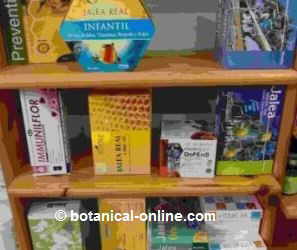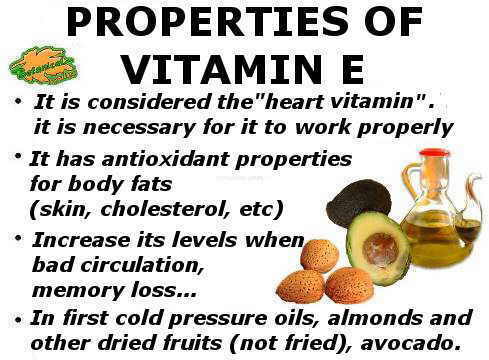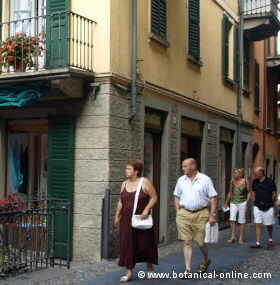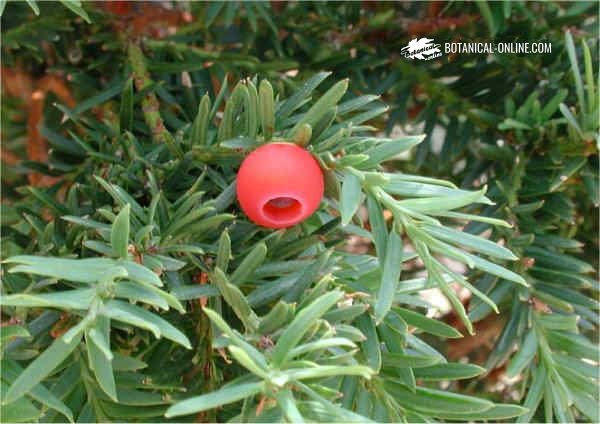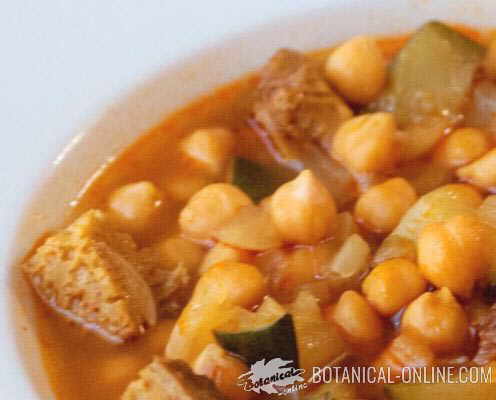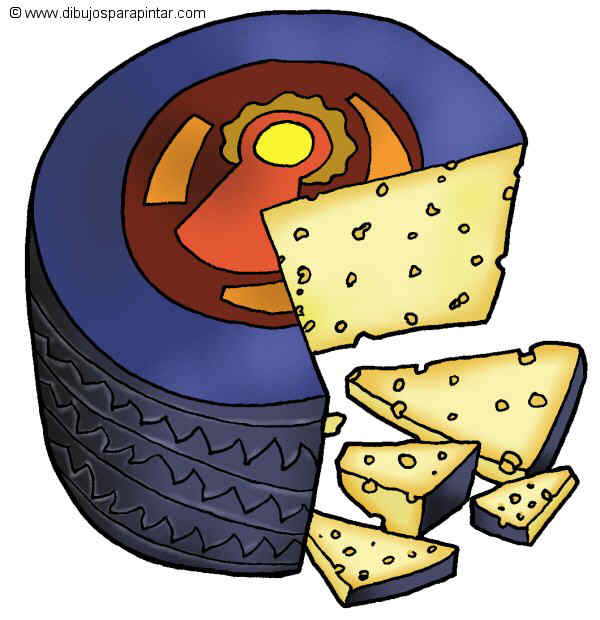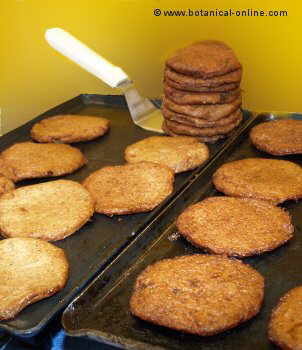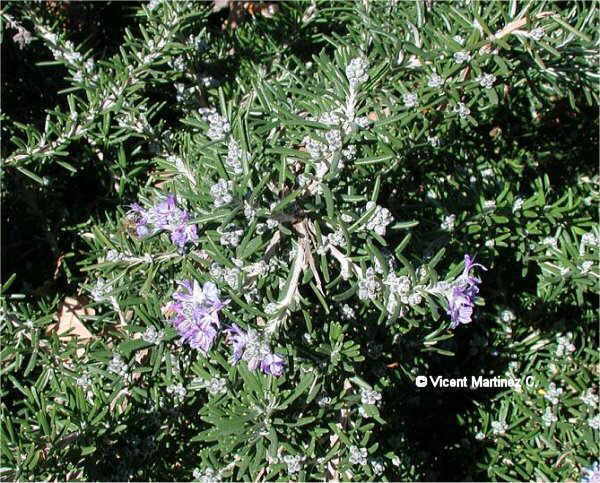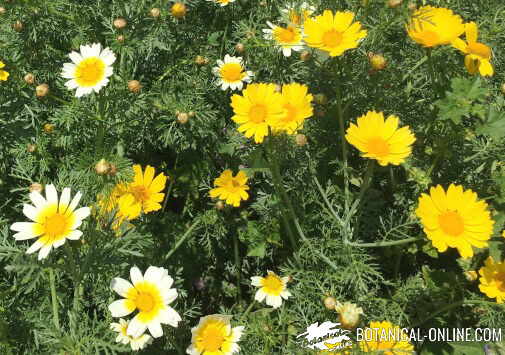Contents
- 1 WHAT IS ROYAL JELLY?
- 1.1 Royal jelly, food of the queen bee
- 1.2 Origin of royal jelly: Where does it come from?
- 1.3 Nutritional value: Composition of royal jelly
- 1.4 Royal jelly forms of presentation
- 1.5 When and how to take the royal jelly?
- 1.6 Benefits of Royal Jelly: Myth, Legend or Miracle?
- 1.7 What are the benefits of royal jelly
WHAT IS ROYAL JELLY?
Royal jelly, food of the queen bee
|
Royal jelly is the food specially made by the bees for the queen of the hive.
Origin of royal jelly: Where does it come from?
Within a beehive, there is only one queen bee that is fed exclusively with royal jelly, as well as larvae specially fed with royal jelly within the so-called “royal cells”. Of all these larvae, a single queen will be born.
Since the queen bee is fed with royal jelly by the workers, there is no royal jelly accumulation in the hive, except that amount which is stored as surplus for the larvae destined to be queens.
That is why we can say that the royal jelly sold as a supplement for man comes from the one that feeds the larvae and not the queen.
The queen bee lives about 5 years on average, compared to a worker bee that only lives about 45 days at most.
Subsequently, its food is based on a mixture of honey, pollen and water. It has also been proven that a queen bee develops much faster than a worker. The first one needs about 15 days to become an adult, while a worker bee needs about 21 days.
Therefore, many specialists have deduced that their longevity is due precisely to that they eat this product, while the workers only eat royal jelly within three days after birth.
Royal jelly is the one that, in addition to providing an immensely long life, in comparison with the rest of the bees, gives the vitality necessary to be able to daily put a quantity of eggs superior to its own weight, although the queen does not participate in any activity other than purely reproductive activity.
Nutritional value: Composition of royal jelly
Bees make royal jelly in their own stomach. Royal jelly is a product of viscous texture, whitish color with light yellow tints and acid taste.
The nutritional properties of royal jelly are:
– A little more than half of its composition is water.
– Royal jelly is rich in proteins (18%) and carbohydrates (15%). It also contains about 5% of fats and a little more than 1% of vitamins and minerals, in addition to other components in much smaller quantities.
What carbohydrates does royal jelly contain?
It contains mainly fructose and glucose which can account for up to 90% of all sugars. Other carbohydrates which appear in minor amounts are, for example, maltose, ribose or melibiose.
What proteins does royal jelly contain?
It has all the essential amino acids.
What vitamins does royal jelly contain?
It is especially rich in B vitamins ( especially in thiamin, riboflavin, pantothenic acid, niacin, pyridoxine and folic acid). It contains small traces of vitamin C.
Royal jelly does not contain vitamin E, vitamin A, vitamin D or vitamin K.
What minerals does royal jelly contain?
As for minerals, it mainly contains calcium, iron, magnesium, zinc, manganese, sulfur, cobalt and silicon.
What other components are there in royal jelly?
Royal jelly also contains enzymes, the most prominent being glucose oxidase, phosphatase and cholinesterase.
Royal jelly forms of presentation
Royal jelly can be presented in the following forms:
– Unprocessed in a bottle: Supplied in dark plastic bottles protected in polystyrene packaging. Each bottle usually contains what is necessary for a cure. A meter is supplied next to the bottles to take the appropriate dose each time (between 250 and 500 mg) (The most usual dose is between 100 and 300 mg)
– Unprocessed in a cell: Original cells of the honeycombs with real jelly are sold once the larvae have been removed and the cell has been covered with wax. It is more difficult to preserve than the previous form although it guarantees that it is real royal jelly.
– Mixed with honey: Sold in jars of honey containing 1 to 3% royal jelly. One teaspoon of this honey usually has the proper dose of royal jelly.
– Mixed with yogurt or with fruit juice.
– Processed in the form of folk remedies: In this case, it is sold in packages containing jars with royal jelly which, alone or mixed with other ingredients, may appear in the dry form, sprayed or with liquid ampoules intended to be drunk directly. It may also be in the form of tablets or injectable solutions.
The most common form is the dried form consisting of a powder formed by dehydrated royal jelly. In addition to the powder bottles, other flasks with the appropriate solvent are available to mix and re-hydrate.
In all these cases the price is higher than unprocessed royal jelly. We must also be sure that the supplier is reliable and offers suitable unadulterated products. These types of products can easily be adulterated.
When and how to take the royal jelly?
It is convenient to take the royal jelly in the morning before breakfast.
To ingest pure royal jelly, a ration should be placed with the meter under the tongue and we must wait until it is completely undone, which can last between 1 and 3 minutes.
Benefits of Royal Jelly: Myth, Legend or Miracle?
Although there have been numerous studies on the composition and specific properties of royal jelly, none has scientifically proven why the queen bee lives longer and possesses superior energy. There are no studies that demonstrate that there is a “special principle” that turns this product into a miracle elixir to achieve eternal youth or immortality.
However, royal jelly can be considered as a supplement that applied, along with other natural resources such as a proper diet or the most effective natural remedies, can help to have very beneficial effects for health, as has been proven in numerous practical cases.
What are the benefits of royal jelly
Royal jelly provides many benefits, being considered: antioxidant, anti-inflammatory, antibacterial, hematopoietic, rejuvenating, anti-tumor, energetic, anticholesterolemic and anti-glucidic, which makes it very suitable for numerous anomalies.
![]() More information on royal jelly properties, honey and other bee products.
More information on royal jelly properties, honey and other bee products.

